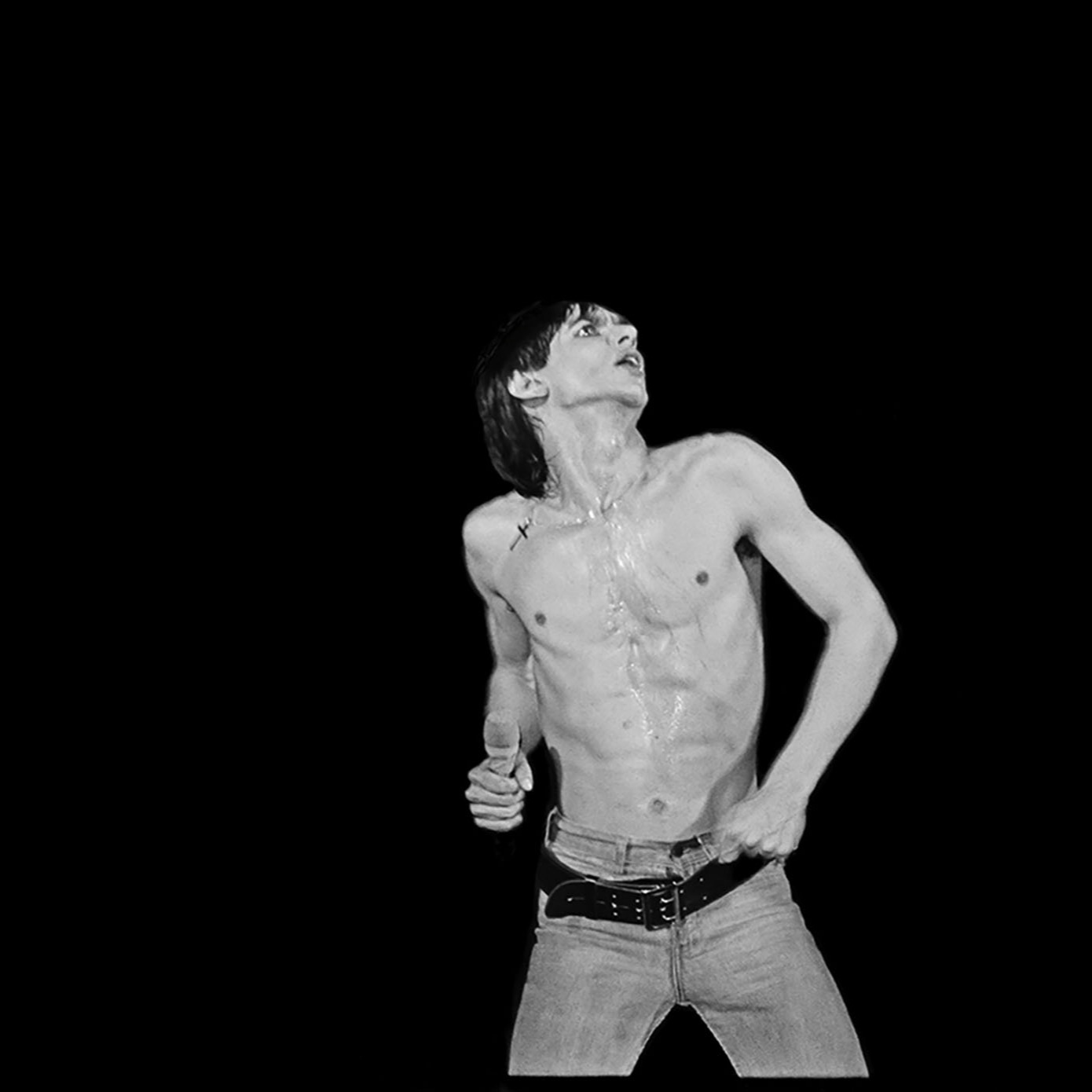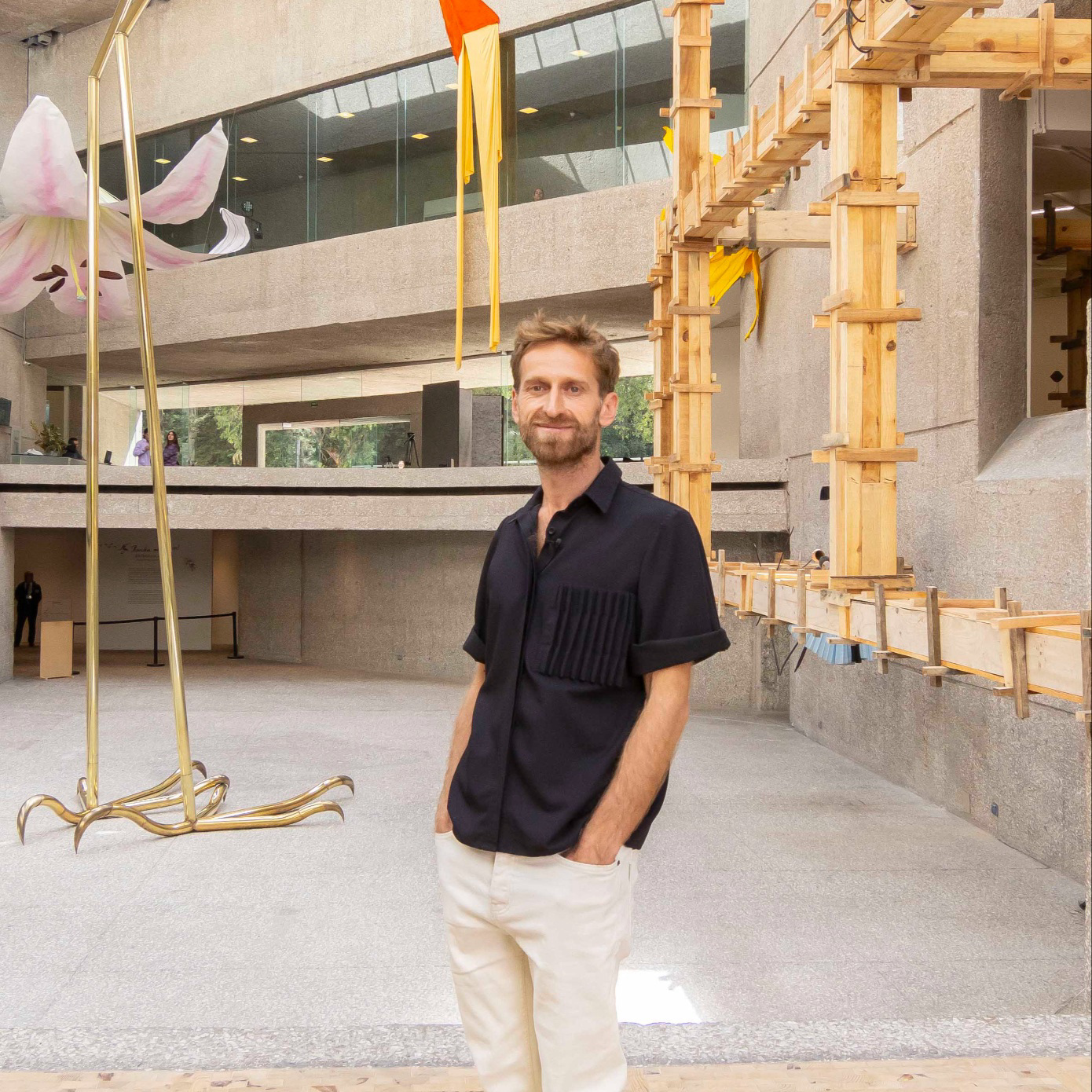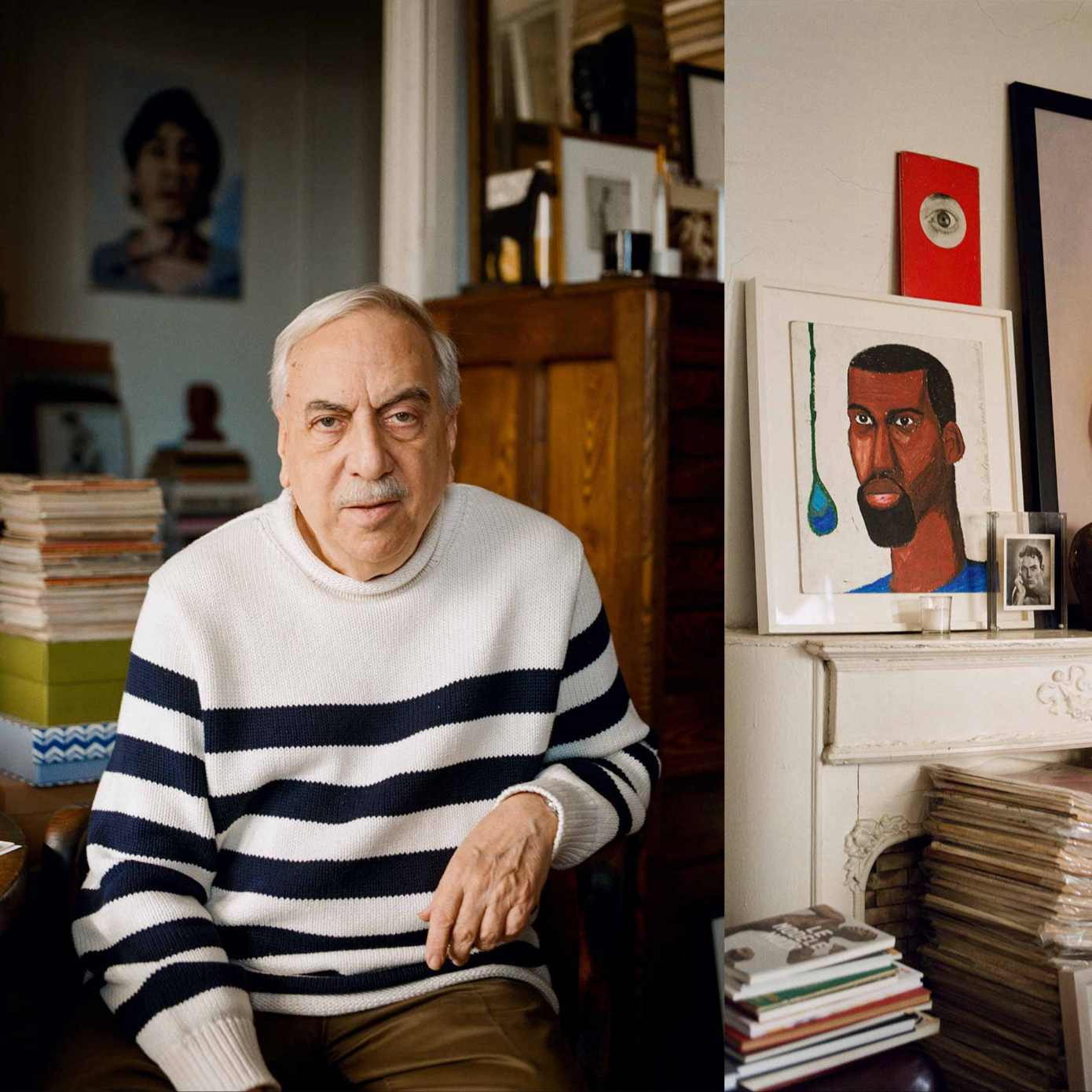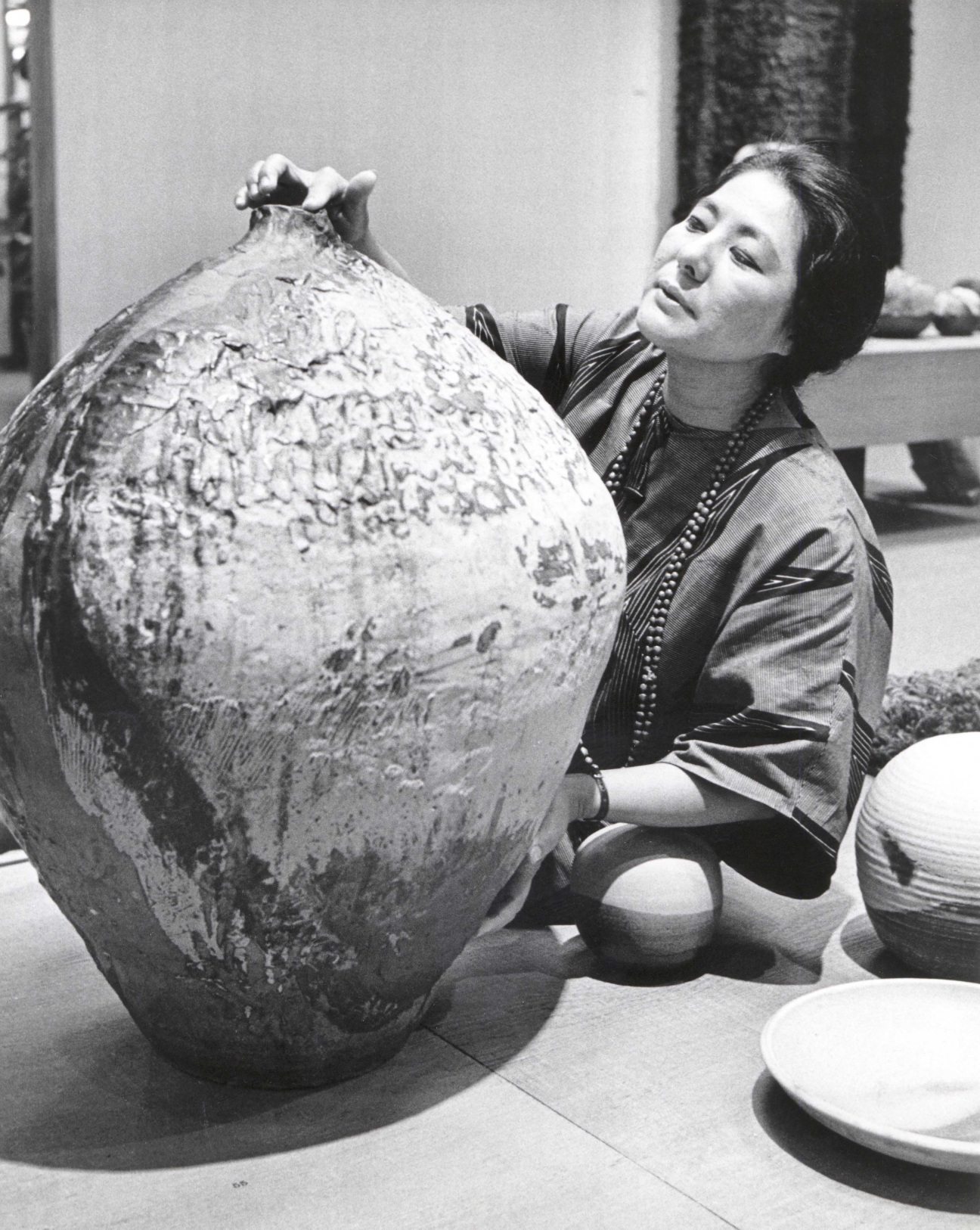
“I see no difference between making pots, cooking, and growing vegetables,” the Japanese-American artist Toshiko Takaezu liked to say. At her New Jersey home and studio, visitors might spot a pumpkin or a bowl of cherry tomatoes nestled among rows of ceramic orbs.
Takaezu, who died in 2011, embodied the postwar ideal of merging art and life. Born in Hawaii to Okinawan immigrants, she was most closely associated with ceramic sculptures known as “closed forms”: painterly, glazed vessels with a puckered top resembling a nipple. They range from the size of a cantaloupe to taller than a person.
On March 20, the first nationally touring exhibition of Takaezu’s work in two decades is opening at the Noguchi Museum in New York—fitting for a moment when the traditional hierarchy between art and craft is being dismissed as antiquated and patriarchal. Through 200 works, including rarely seen weavings and paintings, “Toshiko Takaezu: Worlds Within” brings forward the radical nature of her oeuvre and her rich contribution to the history of abstraction.
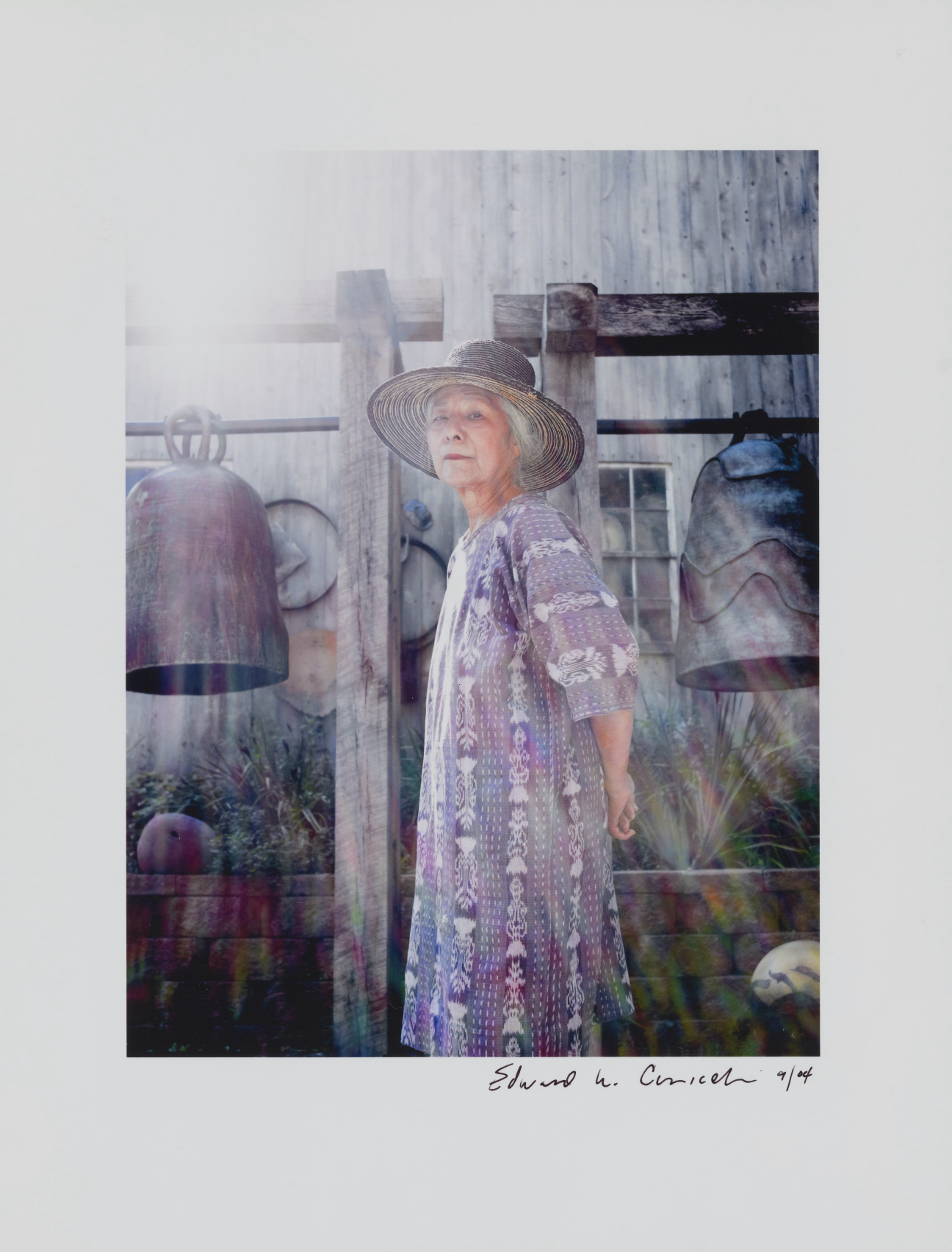
The show’s curators pay special attention to the role of sound and touch in Takaezu’s work. One fateful day, a piece of clay fell into a pot while she was trimming its rim; it created a distinctive sound as it rolled around during the firing process. Takaezu was delighted.
After that, she created several closed forms with a rattle hidden inside, activated only when the vessel was handled. At the Noguchi Museum, co-curator and composer Leilehua Lanzilotti has developed a concert program inspired by Takaezu’s exploration of sound.
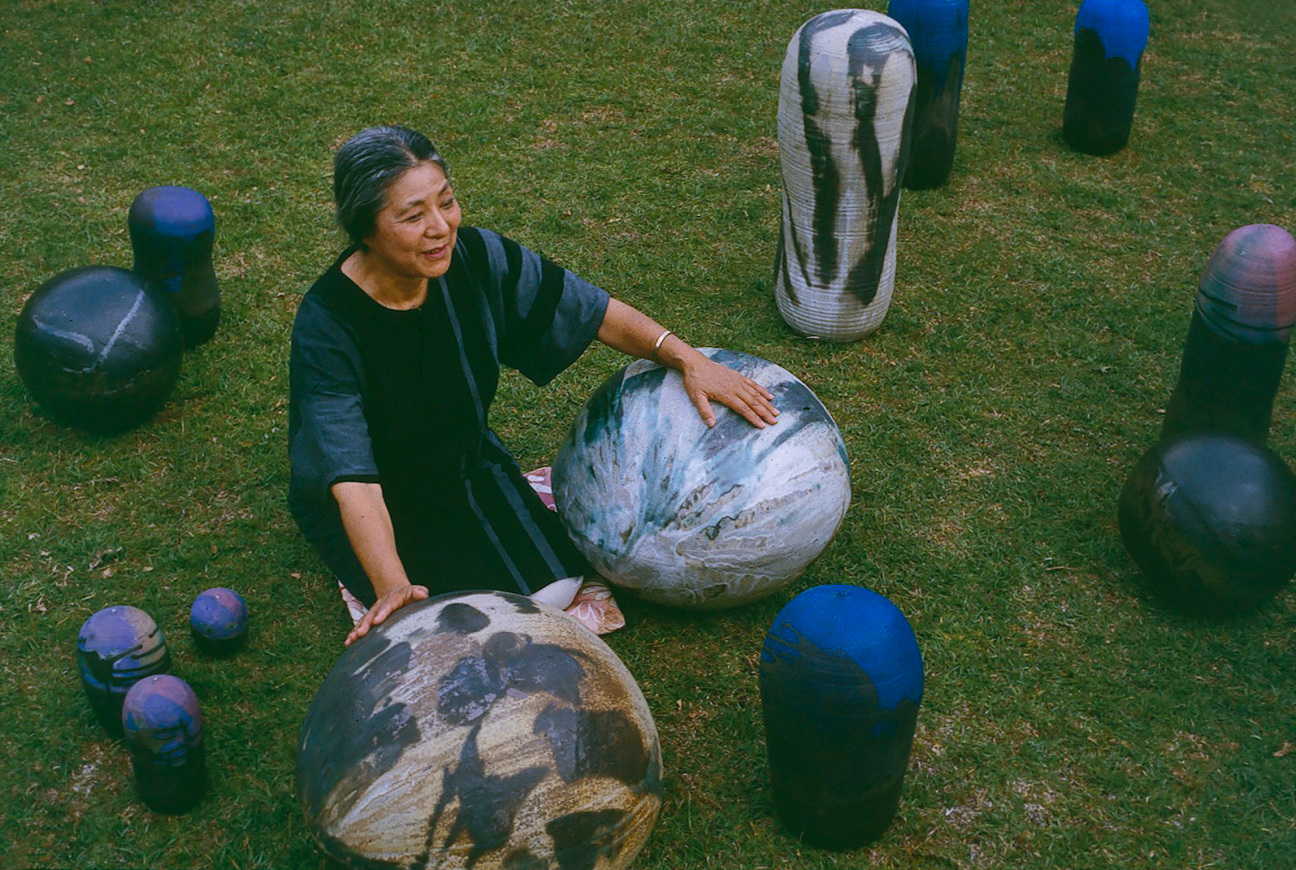
The artist, who was friends with Isamu Noguchi, Lenore Tawney, and other genre-defying 20th-century creators, was also an influential teacher at Princeton University and at her home studio, where she hosted dozens of apprentices and worked around the clock.
The retrospective aims to capture Takaezu’s influence holistically—as a teacher, experimenter, craftsperson, and avant-garde artist. “Over the course of six hard-working decades,” co-curator Glenn Adamson writes in an accompanying monograph, “she raised a monument and sent it out to the world in pieces.”
“Toshiko Takaezu: Worlds Within” will be on view from March 20 through July 28, 2024 at the Isamu Noguchi Foundation and Garden Museum in New York.

